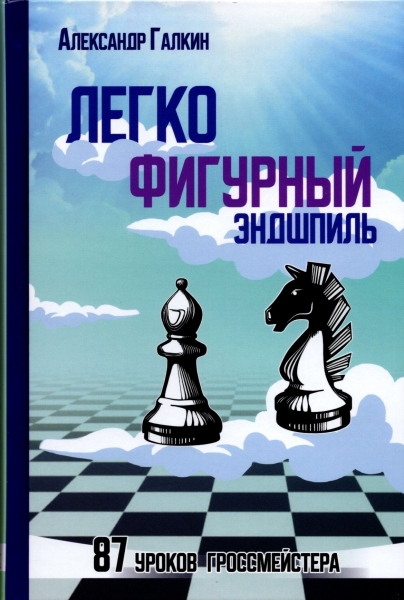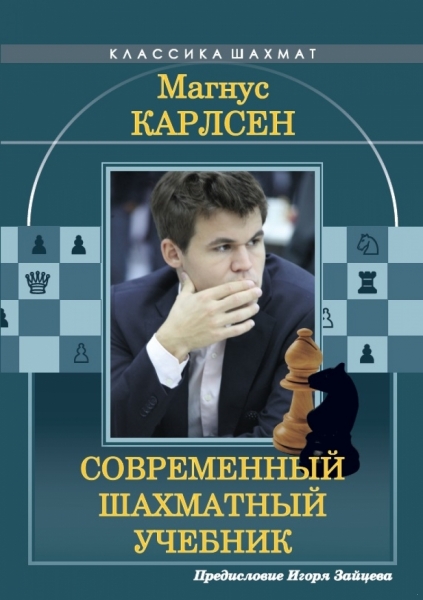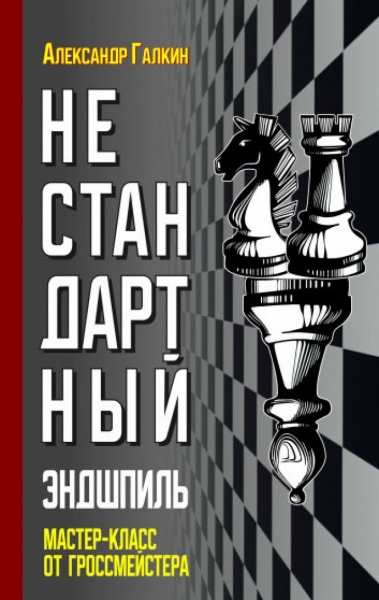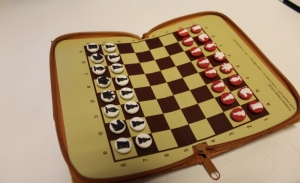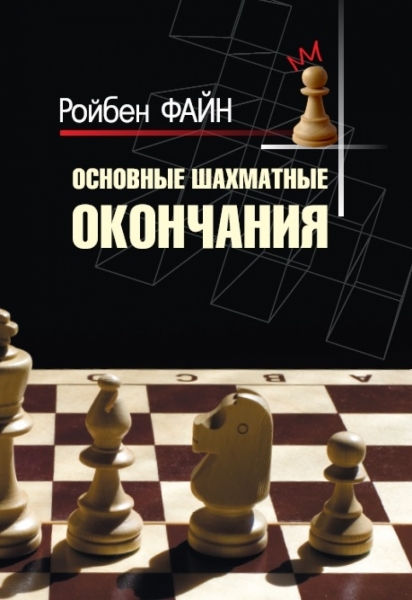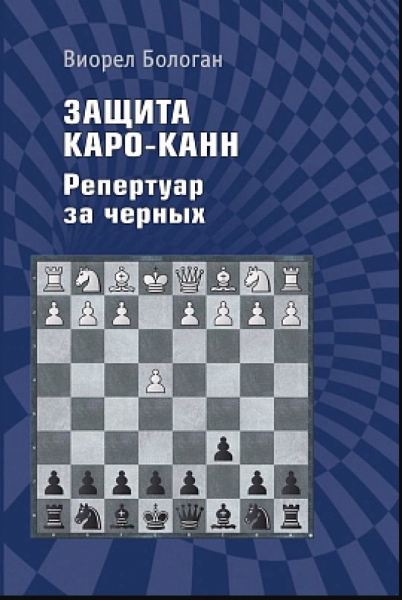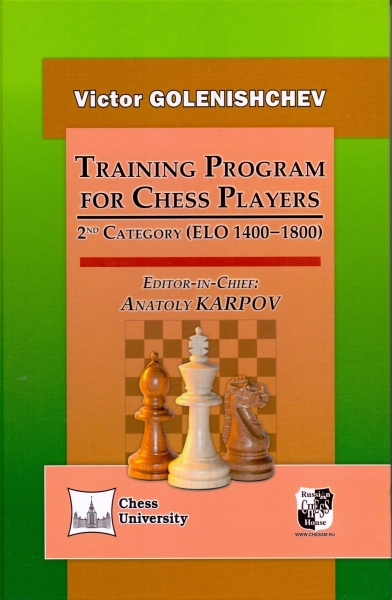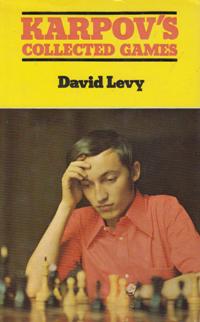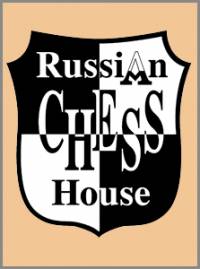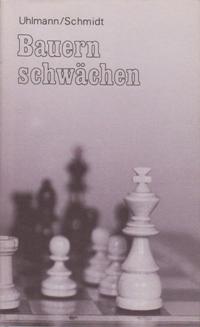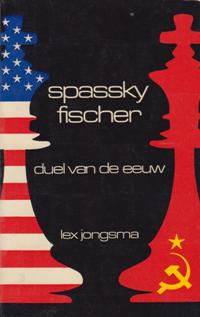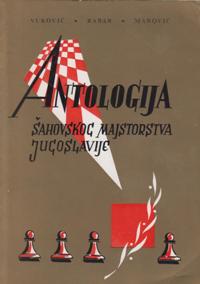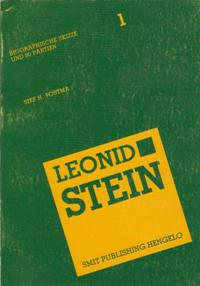Books 1946-1990
-
Der Schachweltmeister Anatolij Karpov wurde am 23. Mai 1951 in Zlatoust im Ural geboren. Die ganze Welt - nicht nur die Schachwelt - kennt seinen Namen. Bobby Fischer hat ihm 1975 den Weltmeistertitel kampflos & # 252; berlassen. Karpovs Aufstieg faszinierte Millionen. Im deutschen Fernsehen erlebten Tausende sein Fernschachspiel gegen die Bundesrepublik Deutschland. Aleksandr Rosal schrieb diese Biographie als Vertrauter und Freund des Weltmeisters, den er von klein auf kennt. Die neun von Karpov kommentierten Partien & # 252; bersetzte der Gro & # 223; meister Wolfgang Unzicker.
-
27.64 $
An outstanding book by an outstanding Danish grandmaster in the original language. First edition.
-
-
Bauernschwächen entscheiden in unzähligen Schachpartien über Sieg und Niederlage. Jeder Spieler muß sich im praktischen Kampf wieder und immer wieder mit Bauernschwächen im eigenen und gegnerischen Lager auseinandersetzen. Deshalb kommt der vorliegenden fundamentalen Untersuchung von Bauernschwächen und allen damit zusammenhängenden Problemen höchste Bedeutung zu. Wolfgang Uhlmann, der bekannte Internationale Großmeister, hat seine in langjähriger Spielpraxis gewonnenen Erfahrungen in dieses Buch eingebracht, um für den Leser die Beschäftigung mit der Theorie so gewinnbringend und leicht wie nur irgend möglich zu machen. Anhand von 139 Partien aus der älteren und modernen Meisterpraxis wird das Thema Bauernschwächen erschöpfend abgehandelt. Die Autoren erörtern eingehend die drei Grundformen der Bauernschwächen: den isolierten Bauern, den rückständigen Bauern und den Doppelbauern. Die verschiedenen strategischen Zusammenhänge werden leichtverständlich herausgearbeitet und die davon für beide Spieler stellungsgerechten Pläne abgeleitet. Ausführlich dargelegt sind die engen Beziehungen zwischen Eröffnungssystemen und den Formen von Bauernschwächen. Auf diese Weise erfährt der Schachfreund alles, was er wissen muß, um feindliche Bauernschwächen optimal auszunutzen bzw. eigene Bauernschwächen bestmöglich zu verteidigen. Der Band ist übersichtlich und anschaulich angelegt, daß ihn Schachspieler jeglicher Spielstärke mit Gewinn nutzen können. Jedes Kapitel wird mit allgemeinen Gesichtspunkten zur Bewertung eingeleitet und ist nach sachlichen Gesichtspunkten sehr übersichtlich gegliedert. Über 230 Diagramme erhöhen die Anschaulichkeit. Den Abschluß bilden Partien mit Punktbewertung, so daß die Leser ihren Kenntnisstand und Wissenszuwachs selbst kontrollieren können.
-
 Travel wooden magnetic chess with board / Chess magnetic (Poland) (Wegiel). Markdown
79.33 $
Travel wooden magnetic chess with board / Chess magnetic (Poland) (Wegiel). Markdown
79.33 $
-
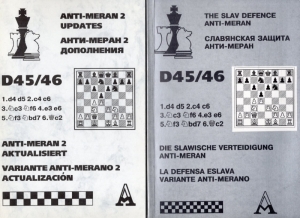 Author:
Author:
Gagarin 11.67 $ -
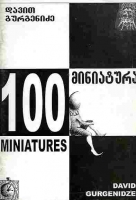 100 miniatures
Author:
100 miniatures
Author:
Gurgenidze 16.67 $ -
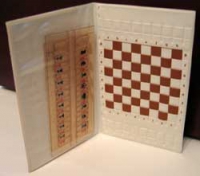 Chess pocket (Czech Republic)
45.00 $
Chess pocket (Czech Republic)
45.00 $
-
 Chess? No, chess!
Author:
Chess? No, chess!
Author:
Vlasov 19.17 $ -
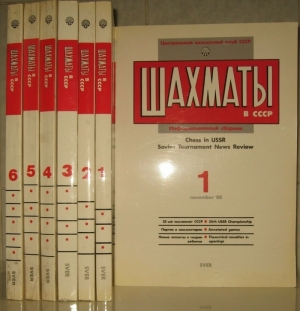 Chess in the USSR. USSR-Italy. A complete set of all seven published books
65.00 $
Chess in the USSR. USSR-Italy. A complete set of all seven published books
65.00 $
-
 Chess Mephisto 68000. Berlin
733.33 $
Chess Mephisto 68000. Berlin
733.33 $
-
 Wooden souvenir chess. THE USSR.
133.33 $
Wooden souvenir chess. THE USSR.
133.33 $
-
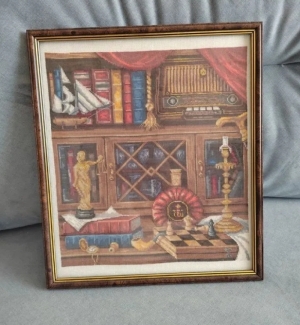 Cross stitch pattern of chess
100.00 $
Cross stitch pattern of chess
100.00 $
-
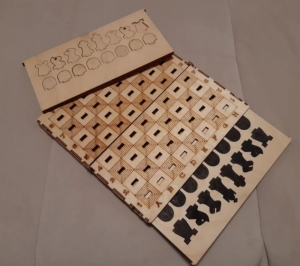 Wooden travel chess. Laser cutting.
46.67 $
Wooden travel chess. Laser cutting.
46.67 $
 Русский
Русский  Английский
Английский 